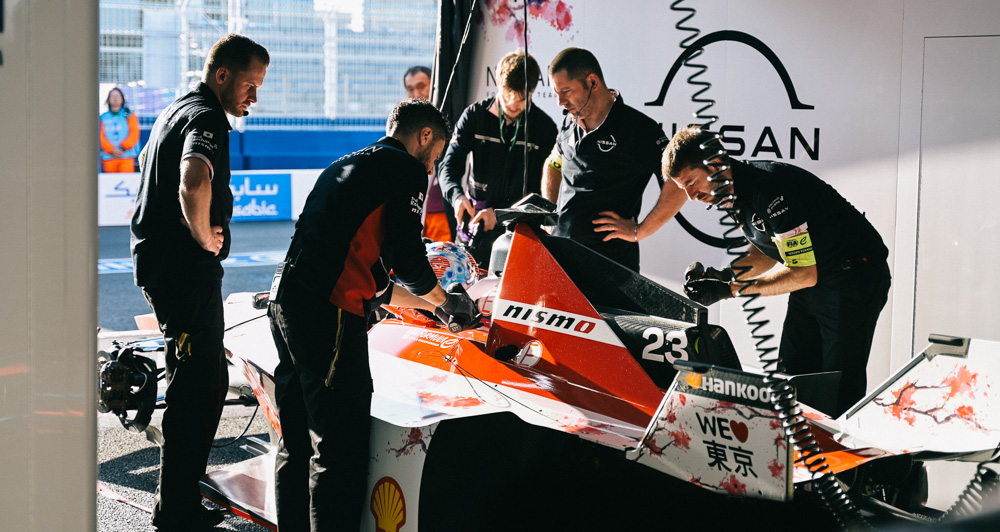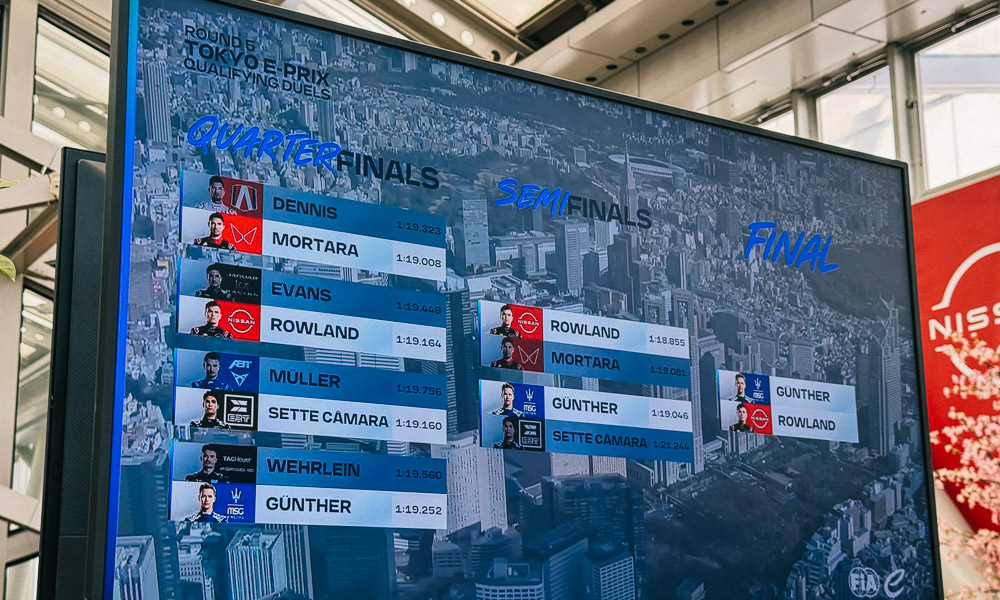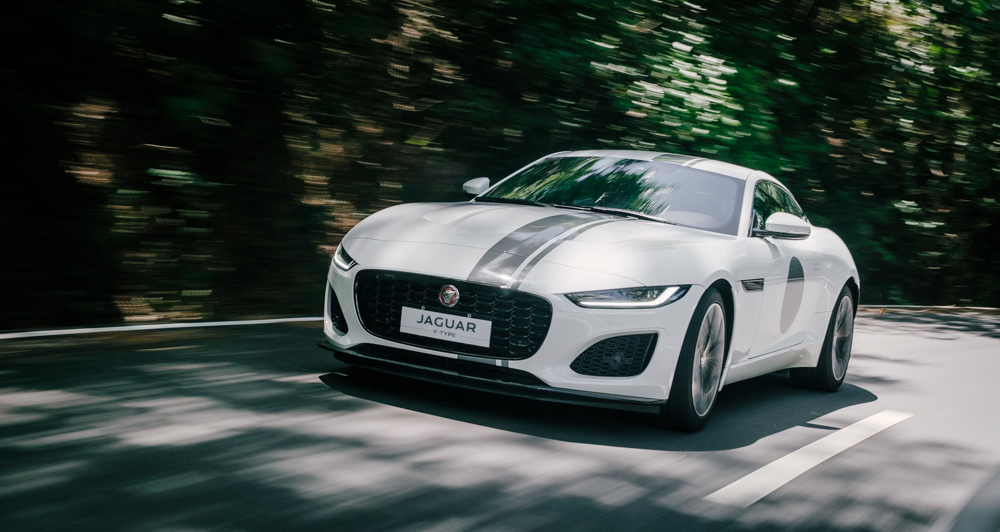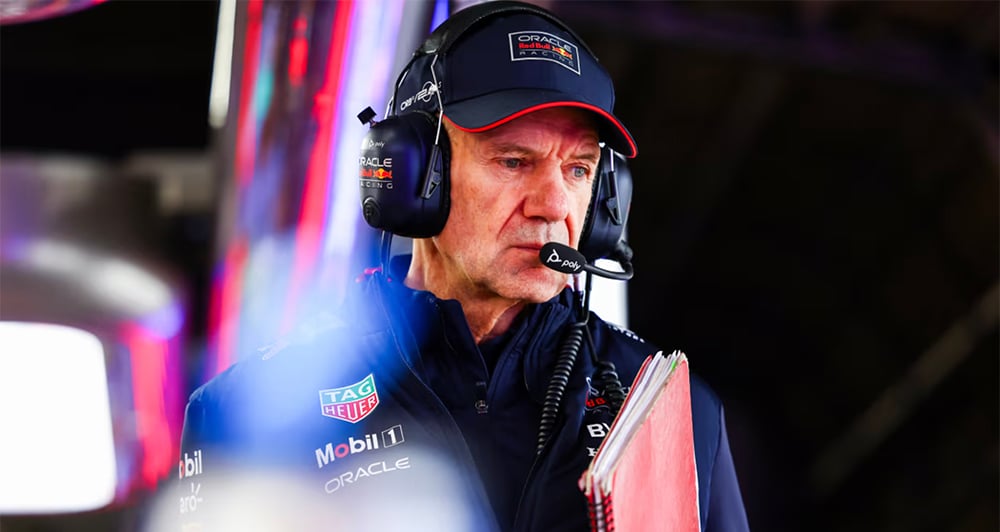
The public misunderstands that electric vehicles are considered boring commodity cars. Sure, genuinely quick and exciting EVs are out there, but motorsport definitely gets the people talking.
Japan may have the All Japan EV-GP Series, but something with a more global reach is the ABB FIA Formula E series. Now in its 10th season with its third iteration of vehicles, this is no longer seen as a feeder/filler series, but a genuinely exciting showcase of electric performance.
They say that experiencing a race firsthand is something that motorsport fans should do at least once, so we’re grateful that Nissan Philippines flew us out to experience its home race—the first-ever Tokyo E-Prix held on March 30 at the Tokyo Big Sight. Here are five takeaways from that experience.




1. It’s a spec series with real-world benefits. Formula E has a lot of manufacturer-owned teams. But unlike Formula 1 where manufacturers are free to design a lot of parts, constructors are limited to the powertrain (specifically the rear motor and inverter) and the rear suspension. The 47kWh battery made by Williams Advanced Engineering, the front motor, the front suspension, the all-weather Hankook tires, and the aero are all standard.
These cars have a power output of up to 350kW (469hp) from two motors, and weigh at least 840kg with the driver. The result? If the course is straight enough, these vehicles can reach a top speed of 320km/h.


This is how Nissan adopted a “Road to Track” and “Track to Road” philosophy, where the learnings from its road cars develop its Formula E racing cars.
As mentioned by Ivan Espinosa, Nissan Motor Corporation chief product planning officer, the learnings from the mechanical ATTESA 4WD system helped develop the system in the race car, but to be implemented via software.
He also mentioned that a rear-biased e-4orce system is in development for future sports cars, but the results of its Formula E campaign can be seen in high-performance EVs like the recently unveiled Ariya Nismo.


2. Efficiency plays a huge role in this series. Yes, the main limiting factor of this series is still the range of the vehicles. The races are a lot shorter compared to your standard grand prix length of 305km. This is why efficiency is such a big factor here that both driver and team need to account for it in their race strategies.
These cars are incredibly efficient: They start the race out with 60% of the energy to finish the race, and the remaining 40% is regenerated from racing. In fact, the motors are the most efficient on the planet with only a 3-5% loss of power, and are capable of regenerating up to 600kW of energy during braking.

We were told that pole position isn’t the ideal place to be in during the race day. The slipstream is a very powerful tool here in helping a car be more efficient during the entire race since the leader will have to be the one punching a hole through the air. More drag means less efficiency.
This race saw Oliver Rowland (Nissan) take pole position. He led for 24 laps before he backed off to let Maximilian Günther (Maserati) take first place, just so he could save power and use it all in a last-lap attack.



3. The dull moments are few and far between. Because of all the features mentioned above, you don’t see cars drive off into the sunset like Red Bull at the start of every F1 race.
The qualifying gaps are all within a second of each other, and this was how we managed to witness an incredible qualifying battle for pole position between Rowland and Günther, with the former snatching it by only 0.021s.
Telemetry is not allowed, so drivers must relay information to the pit crew. They also cannot directly report battery percentages, so they have to get creative and relay coded messages.




4. The street circuits are part of the sustainability aspect. I wondered why they didn’t race in traditional circuits. This is all in the spirit of sustainability, hence the tagline “net zero since day zero.”
They bring the races to the people, so they are usually located within the city centers, and are easier to access via public transportation. Because of this, there is no public parking.
Plus, the entire paddock is shipped to the next race location on Wednesday, and is usually packed up on the night of the race. Each team has a freight allowance of seven tons, so they need to be smart with what they have to bring along.



But for those more interested in the racing, it’s the tight tracks that make these so exciting: lots of overtaking opportunities, tight chicanes, and if things go wrong, chaotic races that often result in multiple yellow or red flags.
The Drag Reduction System does not exist. In its place is Attack Mode, where the cars have eight minutes of extra juice (50kW) to help with overtakes. Instead of having DRS detection zones, drivers have to drive off the racing line to activate it.
The extra power is enough to make up for not taking the ideal line through a circuit, and is enough to change the tide of a race.



5. The competition is tight. If you look at the standings for both the driver’s and the constructor’s championships, nobody is “running away” with the title. Anything and everything can happen.
During this race, the 33-lap length was extended by two laps due to having two laps of slow driving under a safety car, and the cars still had enough battery left in them. In the last few laps of the race, it was a three-way battle for the top three places, with Günther (Maserati), Rowland (Nissan), and Jake Dennis (Andretti) all separated within three-tenths of each other.
We also got to witness an Abu Dhabi 2021-esque battle between Günther and Rowland on the very last lap as they were passing each other repeatedly. On the final straight, Rowland had to back off as he would’ve run out of charge if he kept attacking.

The finishing order was Günther in P1, Rowland in P2, and Dennis in P3. Meanwhile, the other Nissan driver, Sacha Fenestraz, qualified P20 but climbed up the grid to a respectable P11 finish.
Not the ideal “home race” win many were hoping for Nissan, but a second-place finish and a pole position for the inaugural race were very impressive.


If this experience is anything to go by, this series is worth following. Nissan is also the first and (currently) only Japanese manufacturer in the series, and the company has just announced its commitment to participate in the series from Seasons 13 (2026/27) to 16 (2029/30).
This coincides with the introduction of the Gen 4 cars, which will see enhanced efficiency, a higher regeneration capacity of up to 700kW, and an increased power output of up to 600kW (804hp)—alongside other changes that will be seen down the line.
The future of electric motorsports is truly exciting.











Comments